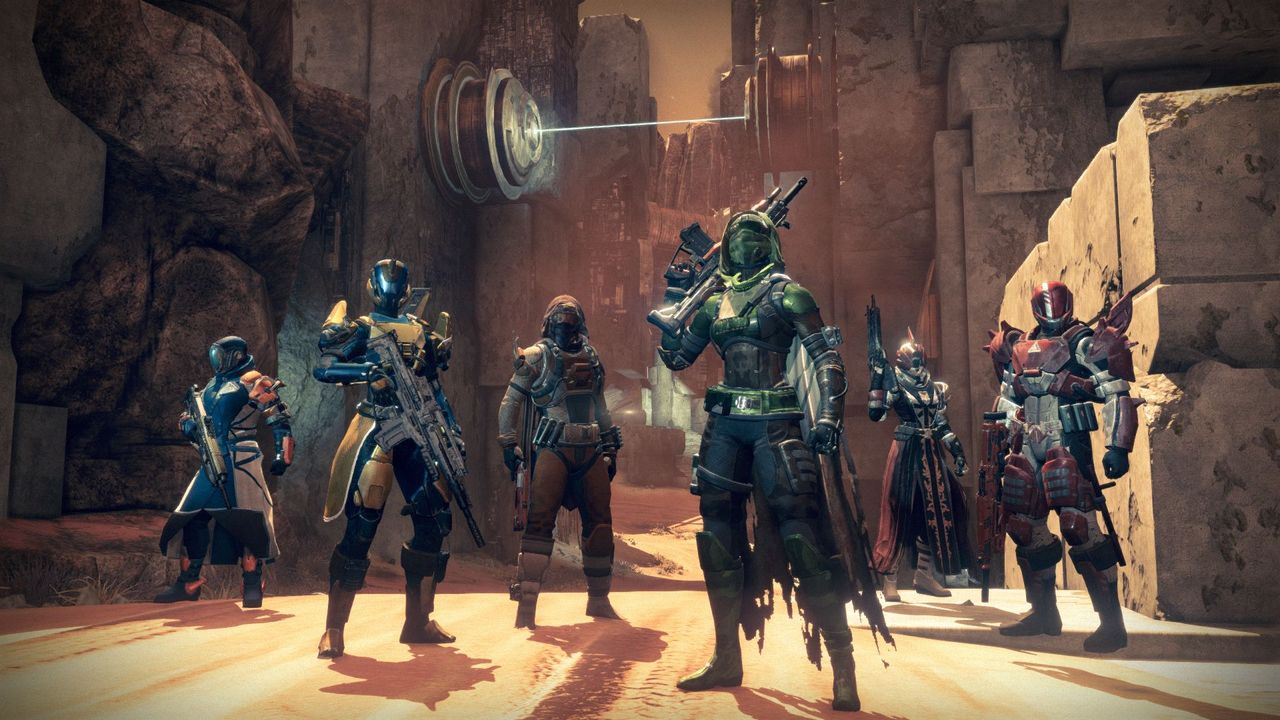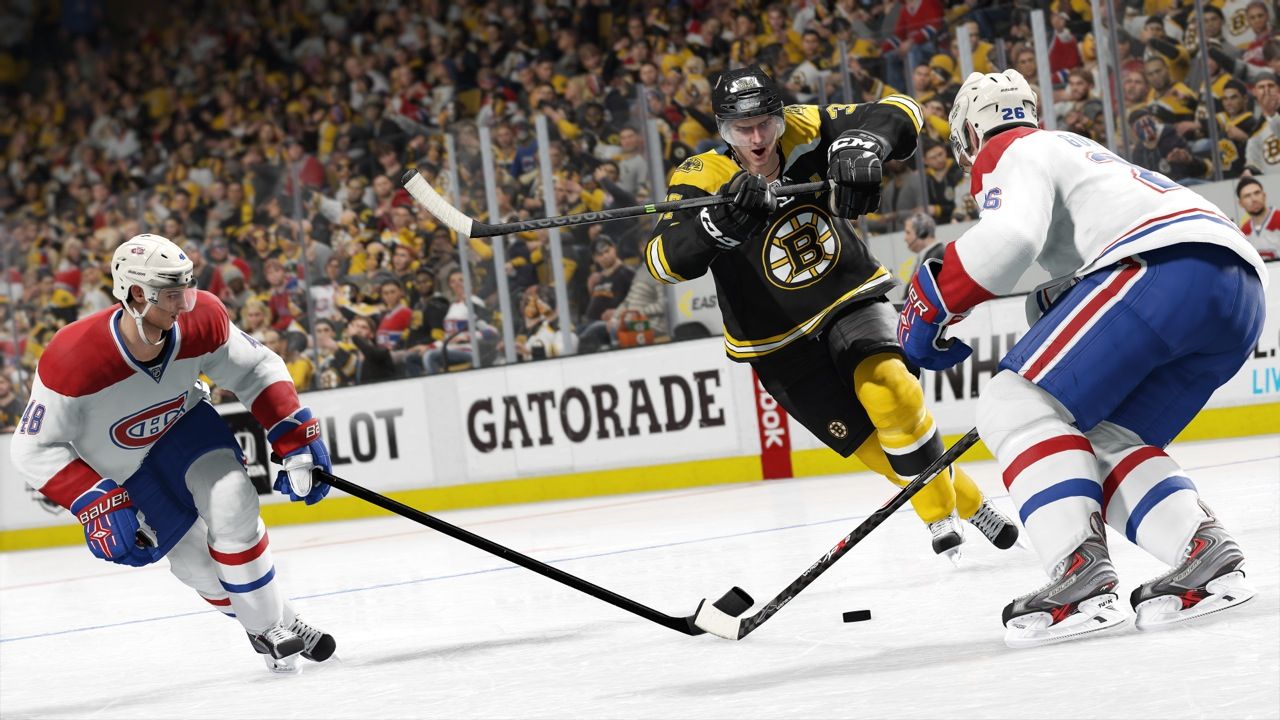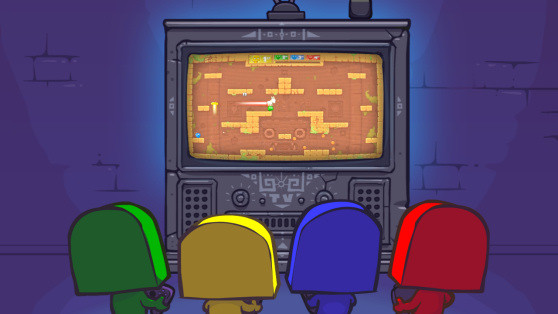Playing video games back in the PS2, Xbox, and Gamecube days always felt like a gathering — playing with or against your friends alongside each other was a blast. It was a way to socialize with other kids, the ice breaker that could turn an awkward situation into a fun and friendly activity. These local multiplayer experiences were the pinnacle of what video games were all about.
Recently, we’ve seen multiplayer experiences evolve. Online interaction is a major part of multiplayer experiences on multiple generations now, whether that be through chatting to friends and goofing around or maybe interacting with others in a more unusual way.
The Dark Souls series is a great example of that, a single-player experience that is one of the loneliest and challenging on the market. Though it does feel lonely at times, the online aspect of the game counteracts that. It brings other players together in a secluded area to a 1v1 or free-for-all fight. Destiny 2 is the pinnacle of what an online experience can be in this age of video games. The level of communication that is needed in some situations is unique in ways other games can’t replicate. “Games as service” games will have multiple updates and changes to their core experience which will have players come and go. But that’s nothing compared to the face-to-face communication or competition that local multiplayer adds.
The local multiplayer experience that makes me enjoy them the most are the competitive games. Seeing the expression of a friendly or foe’s face can make playing the game more rewarding. Physical interaction can make the game more competitive and in turn make it more fun. You can taunt, push, and stare down your opponent during a classic local multiplayer session, something that a voice through a microphone can’t compete with.

All these new and unique online experience are great for players to connect with their families and friends at any time. But the classic couch co-op or local multiplayer gaming session is second to none. No feeling in video games can compare to the in-your face experience of local multiplayer. The physical form of your opponent in a competitive environment can influence your playing style and the way you might approach the game. For example, an opponent talking your ear off might distract you in making the clean pass — they might persuade you into doing something that you might not have thought of doing. A simple “Come on, hit me” is compelling.
NHL 18 is a good example of local multiplayer. However, the game isn’t at all adequate compared to the previous entries, but that’s another rant for another day. NHL is a good example for many reasons — primarily, the physical interaction between the players. Communication is a huge part of any sports game digital or otherwise. It’s the reason you score, and they don’t score.
Communication is so big in sports and team-oriented games, playing online limits what can be communicated through a microphone. However, local multiplayer offers a variety of communication tactics. Calling on-the-fly decisions can make a quick turnaround on a play, or a quietly planned play can catch your opponent off guard. Physically directing positions by gesturing and pointing is a great advantage when playing in couch co-op.

On weekends I usually bring my PS4 to gatherings, just in case anyone wants to play any games. Me and a couple friends decided to have a little friendly game of 2v2 in NHL 18. We played the previous titles, but there were small changes that we had to adapt to. Once we got started, the competitive side in us took over, and that’s when the real game started. The way we communicated with each other is nothing you can conjure up over voice chat. Moment-to-moment communication is a huge part of the local multiplayer experience, and trash talking is also a major part of it. Hand gestures, facial expressions, and nods don’t seem like much, but they give that team the upper hand. I’ve played many games since I chose to follow the games industry over a year ago, but nothing has compared to the intense and satisfying feeling of playing a competitive game with all my competitive friends.
A simple fist bump after a goal is the most gratifying interaction that could never be replicated through online interactions. There are many physical expressions that occur during a game, most of which you see in sports games. Along with the fist bump, after an urgent goal is scored — like in a tie breaker with 30 seconds left to play — we jump and celebrate just like the players on the ice. However, when you see something like that tie breaker on the losing side, their facial expressions are like they saw something horrific. While some aspects of local multiplayer are infused with online multiplayer, physical communication is a major part of playing a multiplayer game, and that’s an aspect that online doesn’t have. You can’t show off your celebration when you scored that goal, you can’t have that facial expression on your opponent when you scored that goal. These are what make these games so memorable — the physical reacting moments that all players express.
There are many other examples of local multiplayer experience that are more unique than a competitive sports game, like Overcooked, Diablo 3, and Mario Kart. These games have the same feeling that local multiplayer provides — communication and competitiveness — but in their own way. Now that we’re in the age of the internet, there has been more online multiplayer games, but over the past two to three years, we have seen a small resurgence of unique, local multiplayer games.
—
I’m not speaking ill of online multiplayer games; in fact, my favorite games do consist of some online components. But after playing NHL 18, I see why that local experience back when I was 10 years old was so memorable. Communicating with my teammate and shouting orders was fun. Creating on-the-fly decisions can be rewarding; even if the result wasn’t there, the teamwork was there. Same with the opposing side — trash talking creates drama and value to every game.
We see so many online-only games nowadays that it’s a little jarring to keep up with all the systems and complexity of every game. Local multiplayer games keep their complexity to create great gameplay, but the difference is you can expect the many complex systems in an online game to evolve over time. Online multiplayer will be the primary way I play multiplayer games, however, whenever there is a chance to have a local multiplayer experience. I’ll also be the first to jump into it.
I’ve already told you about my best multiplayer experience with the NHL franchise. It has been a game I’ve enjoyed for almost 10 years, so on top of it being a great multiplayer experience, it also hits a nostalgic feeling with me. So, my question is what local multiplayer/couch co-op experience really resonated with you? I’d love to hear your thoughts in the comments below.







Published: Jan 23, 2018 02:45 pm